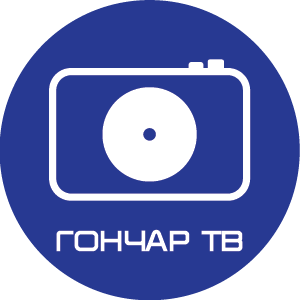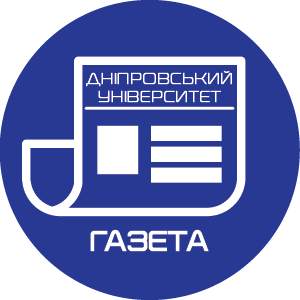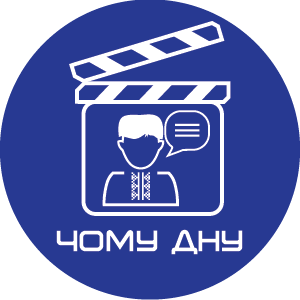
Space tendencies of the XXI century
A unique opportunity to discuss the latest innovative developments of rocket and space technologies and problems of use of outer space for the benefit of mankind was presented at the Fifth International Conference "Space Technologies: Present and Future", which has taken place on May, 19-21, at the Palace of students of Dnipropetrovsk National University.
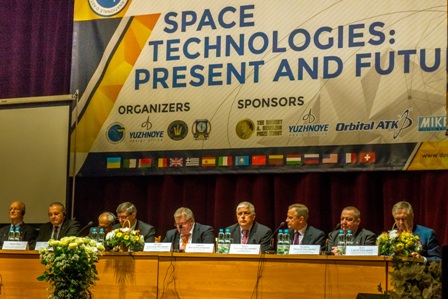
Among the pressing issues, discussed by scientists from Ukraine, USA, Great Britain, Belgium, Switzerland, France, Italy, Greece, Lithuania, Belarus, Kazakhstan and other countries - there were creating anti-asteroyid protection of the Earth and disposal of radioactive waste in space; earthquake prediction; current trends in the global launch services market; land systems and starting equipment; space missions and technologies related to the gathering of information about the Earth and its environment; current and future navigation systems; technical solutions used to create modern liquid, solid, hybrid and electric rocket engine plants; nanotechnology in aerospace engineering; space exploration and international cooperation; methodologies and perspectives of space education of youth; innovative technologies and inventions.
Traditional event organizers: State Enterprise "Design Office "Yuzhnoye", State Space Agency of Ukraine, Ukrainian branch of the International Academy of Astronautics, Dnipropetrovsk National University.
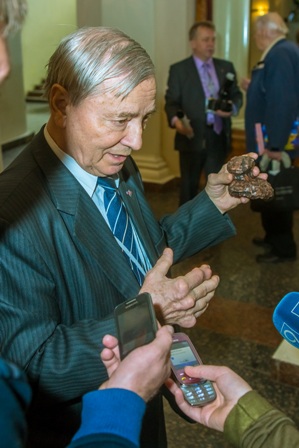
"It is great to note that for the fifth time as the venue for this prestigious international forum we selected university Palace of students, because physical-technical faculty of DNU over 60 years has a strong link in the system of training, development and production of rocket and space technology - said rector - member of National Academy of Sciences Mykola Polyakov. - Dnipropetrovsk is not only powerful world center for the production of space-rocket systems and devices, but also a real cradle of scientific and technical personnel. In our city in seven higher education institutions and a number of modern colleges we train specialists in many technical areas. This conference is a unique opportunity for them to learn about current research directions in the field of space technology and exploration of the universe".
During this scientific forum there were the following sections: current and future space-rocket systems, launch vehicles, their components and systems; current and future space satellite systems; advanced rocket engines and power plants; materials and technologies; space for humanity.
Deputy General Designer of Design Office "Yuzhnoe" Alexander Makarov, head of the section "Current and future space satellite systems" said that his section presented 40 reports from 5 countries dedicated to creation software for satellites, their operation and research. Design Office "Yuzhnoe" has been engaged in satellite remote sensing and scientific programs. Representatives of DNU will also report on this. Now the program is executed to determine the prediction of earthquakes. Research focused on the creation and development of applied satellites and technologies - new sensors, new devices, new systems. These areas are covered by conference. We hope that we will reach a new level."
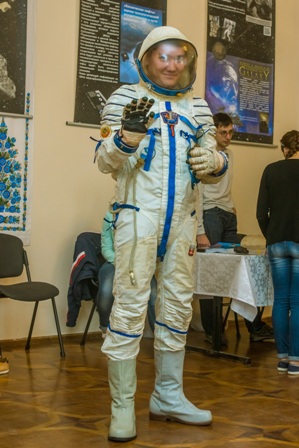
Інформаційно-аналітичне агентство
Дніпровського національного університету
Faculties
- Faculty of Ukrainian and Foreign Philology and Study of Arts
- Faculty of Social Sciences and International Relations
- Faculty of History
- Faculty of Psychology and Special Education
- Faculty of Applied Mathematics and Information Technologies
- Law Faculty
- Faculty of Physics, Electronics and Computer Systems
- Faculty of Economics
- Faculty of Media System and Mass Communication
- Physical and Technical Faculty
- Faculty of Mechanics and Mathematics
- Faculty of Chemistry
- Faculty of Biology and Ecology
- Faculty of Medical Technologies of Diagnostics and Rehabilitation
- Educational and Methodological Center of Distance and Evening Forms of Education
- Center of postgraduate education, advanced training, retraining and improvement
- Educational and Methodical Center of Pre-University Training
- Master Programs






